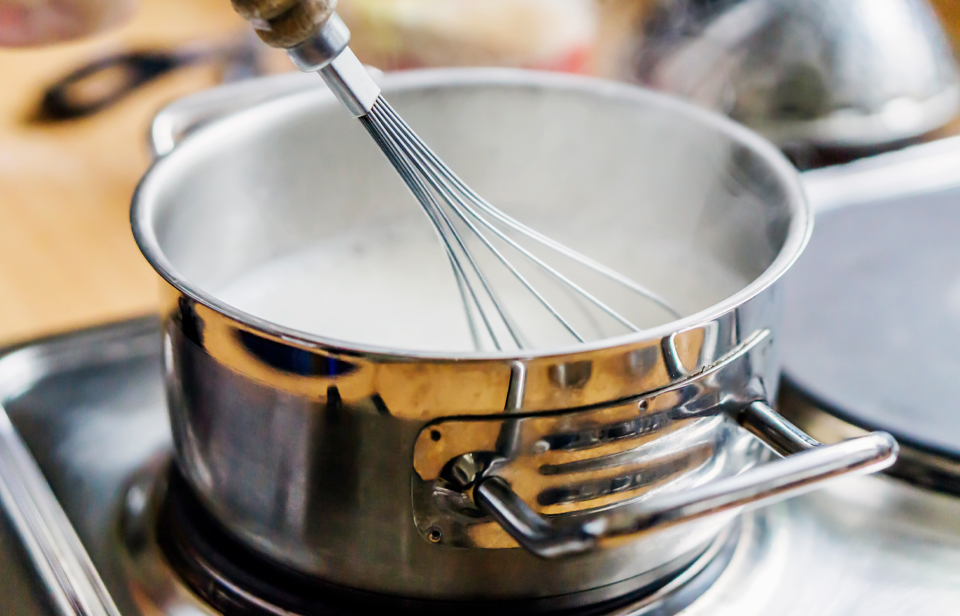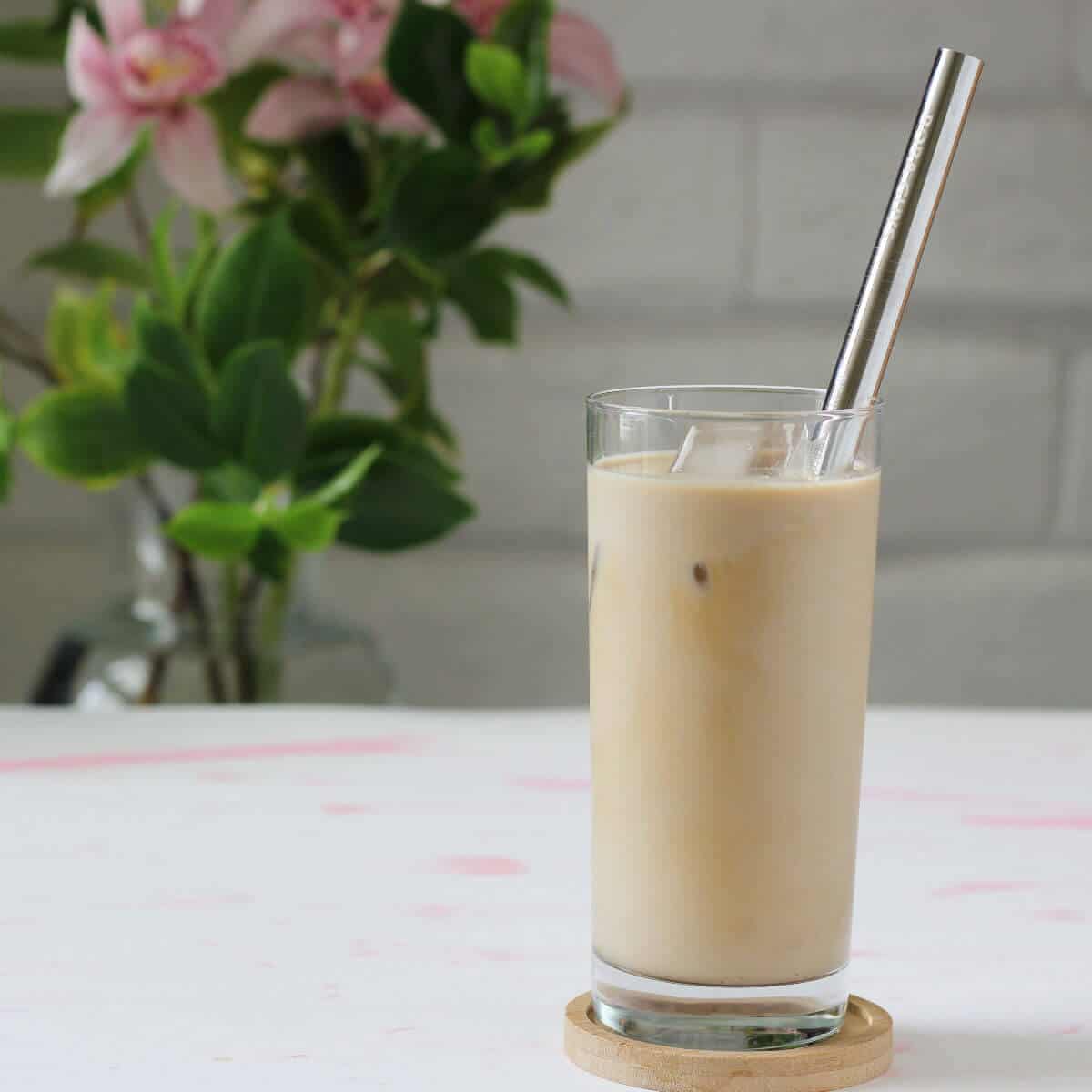Milk Boil Temperature: A Complete Guide
Milk is a versatile and widely consumed beverage that is used in various culinary applications. From coffee to desserts, milk plays a significant role in enhancing flavors and adding nutritional value. However, achieving the perfect milk consistency can be a challenge, especially when it comes to boiling milk. In this comprehensive guide, we will explore the optimal temperature for boiling milk, its effects on taste and texture, and provide essential tips for achieving the desired results.
I. The Importance of Boiling Milk at the Right Temperature
Boiling milk at the correct temperature is crucial for several reasons. Firstly, it ensures the elimination of harmful bacteria and pathogens that may be present in raw milk.

Boiling Milk
Additionally, boiling at the right temperature affects the taste, texture, and nutritional quality of the milk. Understanding the ideal temperature for boiling milk is essential for achieving the desired results.
II. Optimal Temperature for Boiling Milk
The optimal temperature for boiling milk is around 82-85°C (180-185°F). This temperature range is considered ideal as it effectively kills bacteria and germs while preserving the milk's taste and nutritional value.
Boiling milk beyond this range can lead to flavor degradation, nutrient loss, and unwanted changes in texture.
III. Effects of Boiling Milk at High Temperatures
Boiling milk at excessively high temperatures, such as a rolling boil, can have adverse effects. It can cause the proteins in the milk to denature and form a layer of skin on the surface, resulting in a grainy texture.

Boiling Milk at High Temperatures
Additionally, prolonged boiling or boiling at high temperatures can lead to the evaporation of water content, resulting in a thicker consistency and decreased volume.
IV. Tips for Boiling Milk
To achieve the perfect boil temperature for milk, consider the following tips:
- Use a heavy-bottomed saucepan or a non-stick pan to prevent scorching and ensure even heat distribution.
- Set the heat to medium-low to avoid rapid boiling and potential scorching of the milk.
- Stir the milk frequently to prevent it from sticking to the bottom of the pan.
- Watch the milk closely and remove it from the heat as soon as it reaches the desired temperature range (82-85°C or 180-185°F).
- Transfer the boiled milk to a different container or immerse the pan in cold water to stop the cooking process and prevent further heating.
V. Boiling Milk for Different Culinary Purposes
The appropriate boiling temperature for milk can vary depending on its intended use. Here are some guidelines:
1. For drinking: Boiling milk at the optimal temperature range (82-85°C or 180-185°F) ensures that it is safe to consume while preserving its taste and nutrients.
2. For coffee or tea: Lowering the temperature slightly to around 70-75°C (160-170°F) is recommended to avoid scalding the milk and altering the flavors of the beverage.

Milk Coffee Tea
3. For cooking and baking: The boiling temperature can be adjusted based on the recipe requirements. In some cases, simmering or scalding the milk (around 70-85°C or 160-185°F) may be preferred.
VI. Conclusion
Boiling milk at the right temperature is essential for both safety and achieving the desired taste and texture. Understanding the optimal range of 82-85°C (180-185°F) ensures that harmful bacteria are eliminated while preserving the nutritional value.
By following the tips provided and adjusting the boiling temperature based on the intended use, you can achieve the perfect milk consistency for various culinary applications. So, next time you reach for that saucepan, remember the significance of the milk boil temperature and enjoy the perfect cup of milk or enhance your favorite recipes.